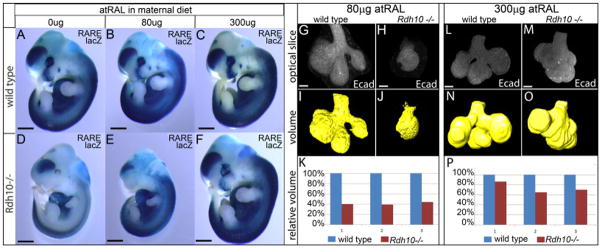Figure 2. RA impacts developmental growth of SMG in a dose-dependent manner.
(A–F) Addition of different amounts of atRAL to the maternal diet yields Rdh10trex/trex mutant embryos with different levels of RA deficiency. Level of RA signaling is detected in E11.5 RARE-LacZ transgenic embryos by staining for β-galactosidase activity. Supplementation of the maternal diet with up to 300 μg atRAL/g food/day does not markedly perturb RA signaling in wild type embryos (B, C) relative to embryos developing without supplementation (A). Without atRAL supplementation Rdh10trex/trex embryos have severely reduced RA signaling activity (D) relative to wild type littermates (A). At 80 μg atRAL RA signaling is partially rescued in Rdh10trex/trex mutant embryos, with RA signal being rescued preferentially in the trunk of the embryo while orofacial RA signal remains deficient (E). At 300 μg atRAL supplementation, Rdh10trex/trex mutant embryos exhibit near complete rescue of RA signaling in the trunk and craniofacial structures (F). In these embryos RA signaling is similar in level and distribution to that of wild type littermates (C). (G–P) Size of Rdh10trex/trex SMG epithelium is smaller than wild type littermates as measured by 3-dimensional volume of E-cadherin signal. E-cadherin signal was collected as individual optical sections of whole mount SMG from wild type and Rdh10trex/trex embryos (G,H,L,M). For each z-stack data set, an epithelial volume was computationally rendered as a surface, either by automated signal detection (I–J), or manually (N–O), using IMARIS image analysis software. At the 80 μg supplementation dose the epithelium of Rdh10trex/trex mutant SMG are 40% the volume of their wild type littermates (K). At the 300 μg supplementation dose the epithelium of Rdh10trex/trex mutant SMG are ~70% the volume of their wild type littermates (P). For each condition n=3 litters, 1 gland/litter. Black scale bar is 1mm (A–F). White scale bars are 40μm (G,H,L,M).

